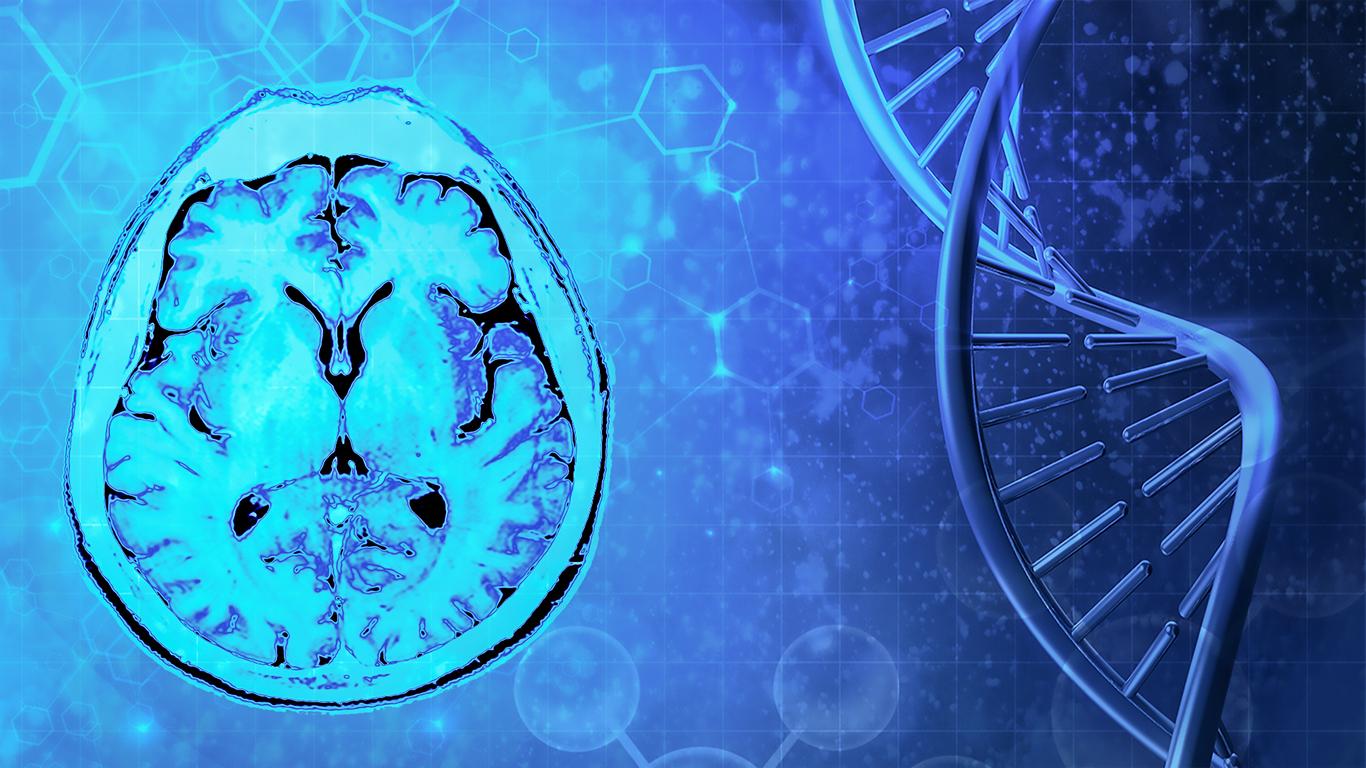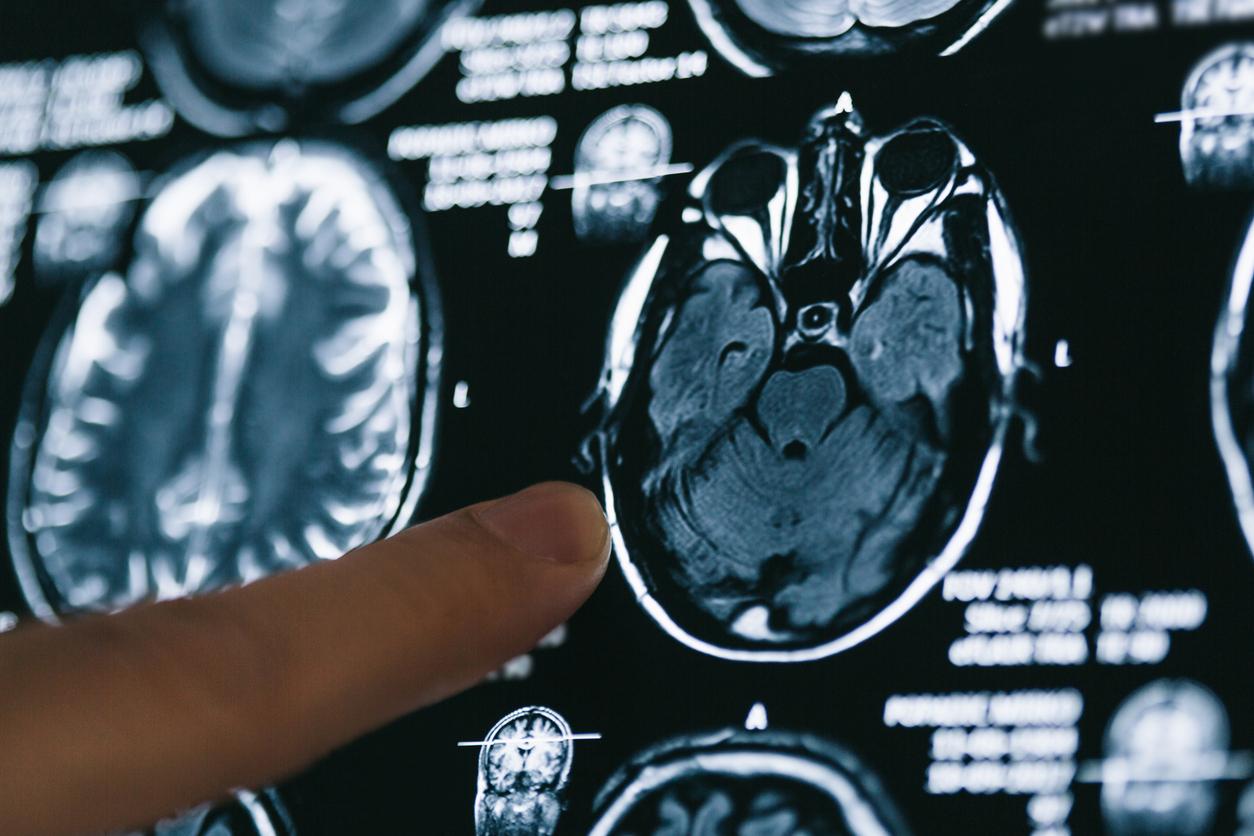By studying the action of a protein involved in the physical development of fruit flies, Japanese researchers have discovered a crucial dual role in the preservation of memories.

- The identification of a protein involved in the memory process could allow therapeutic advances
- It allows the excitation of the neurons of the circadian clock, necessary for the consolidation of memories
Flies that belong to the category of Drosophila feed on plant tissues. Their organism is governed by the protein Apterous (Ap) which plays a major role in their physical development. The word “wingless” means wingless, referring to the fact that those flies which have an Ap gene mutation are in most cases wingless.
But this well-known effect of the Ap protein might not ultimately be the only one. Indeed, Japanese scientists from Tokyo Metropolitan University have recently identified another function of this protein. According to their study published in Plos of Biologyflies with an Ap gene mutation experience long-term memory problems.
By analyzing these results more closely, the researchers discovered that the Ap protein plays two very important roles in memory. More specifically in areas of the brain related to learning, as well as in neurons associated with the biological clock.
Two separate memory processes
In biological clock neurons, which among other things regulate sleep and behavioral wakefulness, the Ap protein seemed to work on its own. But by comparing its action to that of Ap mutants, the researchers found that Ap helped regulate the response of GABA receptors (a key neurotransmitter known as gamma-aminobutyric acid).
The right amount of GABA receptor activity helped fire the large circadian clock neurons needed to consolidate memories. Through experiments to confirm this mechanism, scientists were able to counter some of the effects of the Ap mutation by artificially suppressing the expression of GABA receptors.
“Interestingly, Ap is involved in these two memory processes through distinct mechanisms in different neural subsets of the adult brain.“, comment the authors of the study. They hope that these discoveries will lead to new approaches for the treatment of memory disorders and trauma.
.

















